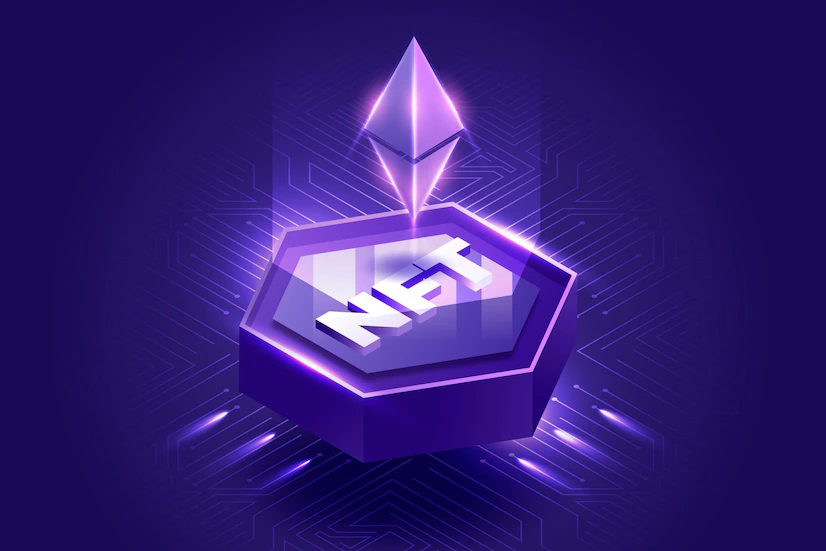Will the NFT market recover after a severe downturn?
The NFT market has been in a deep contraction over the past few months, with prices falling and trading activity drying up. However, there are signs that the market may be poised for a rebound, as investors start to see value in NFTs again and new projects launch that could reignite interest in the space. In this blog post, we’ll look at the state of the NFT market and whether signs of a rebound are on the horizon. If you want to get started with Bitcoin mining, go to https://bitcoinpower.app/.
What Caused The NFT Market To Fall?
According to experts, the sharp decline in NFT trading volume is evidence of the unfavourable attitude in the larger crypto ecosystem. Still, it should not be interpreted as the side of the journey for NFTs. For quite some time, the global cryptocurrency market has just been trading below the $1 trillion threshold as cryptocurrency prices continue to plummet. The observers predict that unfavourable feelings will pass quickly. According to Sumit Ghosh, co-founder and CEO of Chingari, the top on-chain social app in the world, initiatives like DeGods and Yoots have recently rekindled interest in NFTs. In addition, several businesses, famous people, and athletes are entering the NFT market.
Will the NFT market recover after a significant decline?
In recent months, the Non-fungible token (NFT) market has seen a deep contraction. The total value of NFTs sold fell from $250 million in February to just $33 million in May.
However, there are signs that the NFT market may be starting to rebound from this deep contraction. In June, the total value of NFTs sold rebounded to $95 million, and so far, in July, the total value of NFT sales has already reached $120 million.
Several factors suggest that the NFT market may continue to rebound in the coming months. First, the overall crypto market has been on an upward trend in recent weeks, likely to provide tailwinds for the NFT market.
Second, significant platforms such as Ethereum and Flow have significantly progressed. It will scale solutions that should help to address some of the critical issues facing the NFT market. Once these solutions are implemented, we will likely see more interest and activity in the NFT space.
Third, several high-profile projects have recently announced their plans to launch on Flowchain. This will likely drive up demand for FLOW tokens (the native token of Flow). This increased demand for FLOW tokens should also benefit the NFT market.
Thus, the NFT market has contracted significantly in recent months.
Why The Negative Attitude?
The NFT market experiences sharp sell-offs as global monetary policy tightens and investors steer clear of riskier investments. According to experts, investors have shied away from hazardous wagers across all markets in recent months due to rising interest rates, and NFTs are no exception. According to Ashwani Kumar, founder and CEO of HelperWorld, an NFT platform, the NFT market is collapsing since investors’ interest in these assets is waning. According to current Google Trends data, the term “purchase NFTs” has decreased significantly by approximately 80%, he continues.
The word “Sell NFT” increases 83 per cent in the Google search interest index simultaneously. According to him, it suggests that people have lost interest in the NFT domain.
The Future Of The NFT Market
The majority of analysts think the NFT market is not entirely over. According to Kumar, the market may remain quiet for some time, and it’s impossible to predict when the next bull run will begin. However, when the price of cryptocurrencies rises, the NFT market may become the hottest place to invest. The majority of analysts think the NFT market is not entirely over. According to Kumar, the market may remain quiet for some time, and it’s impossible to predict when the next bull run will begin. However, when the price of cryptocurrencies rises, the NFT market may become the hottest place to invest.
Conclusion
The NFT market is still early adopters and has a long way to go before mass adoption. Its current state is not indicative of its long-term potential. While the market is still nascent, there is much room for growth. It is best to wait and see how the market develops before investing.


















